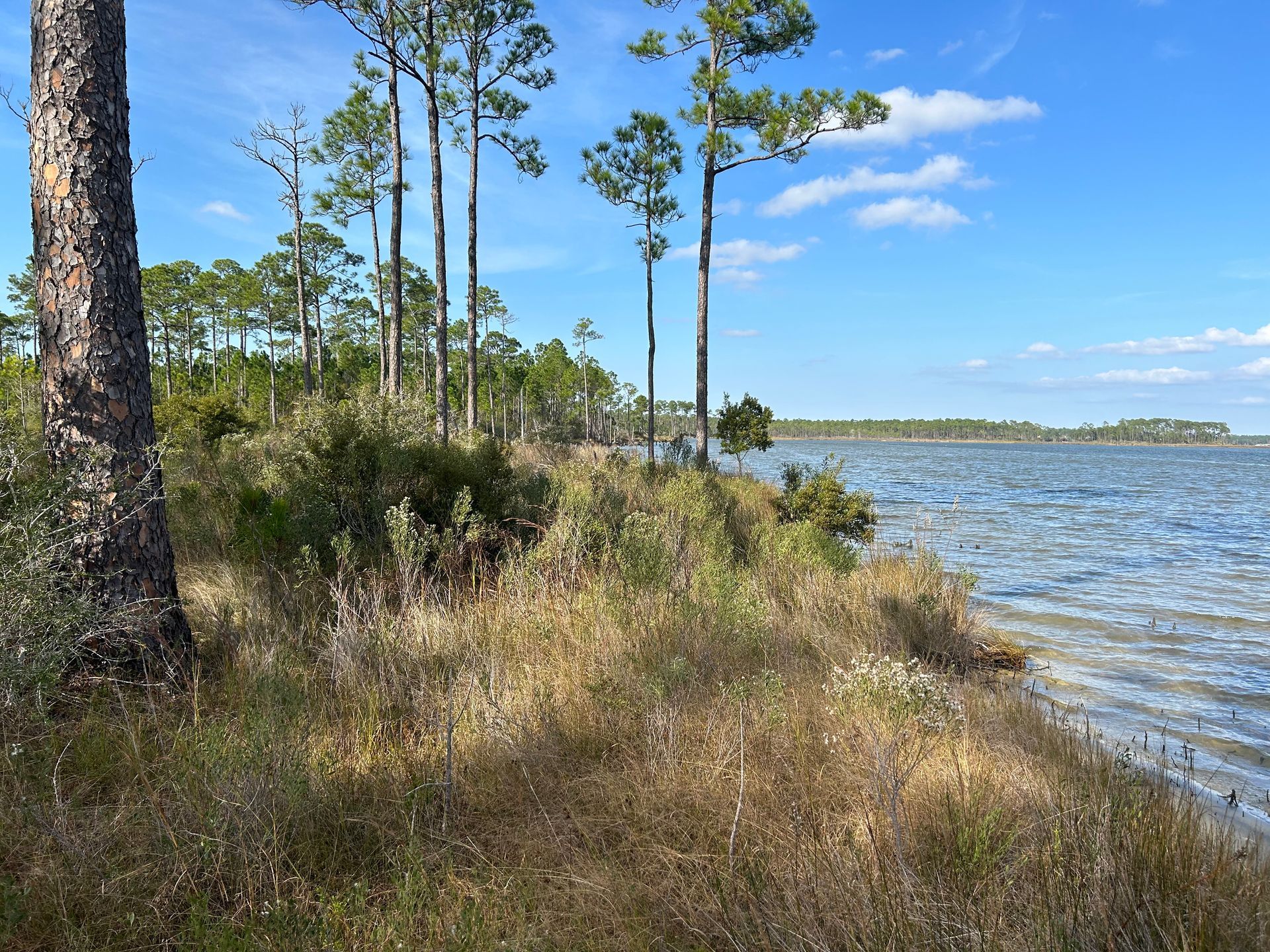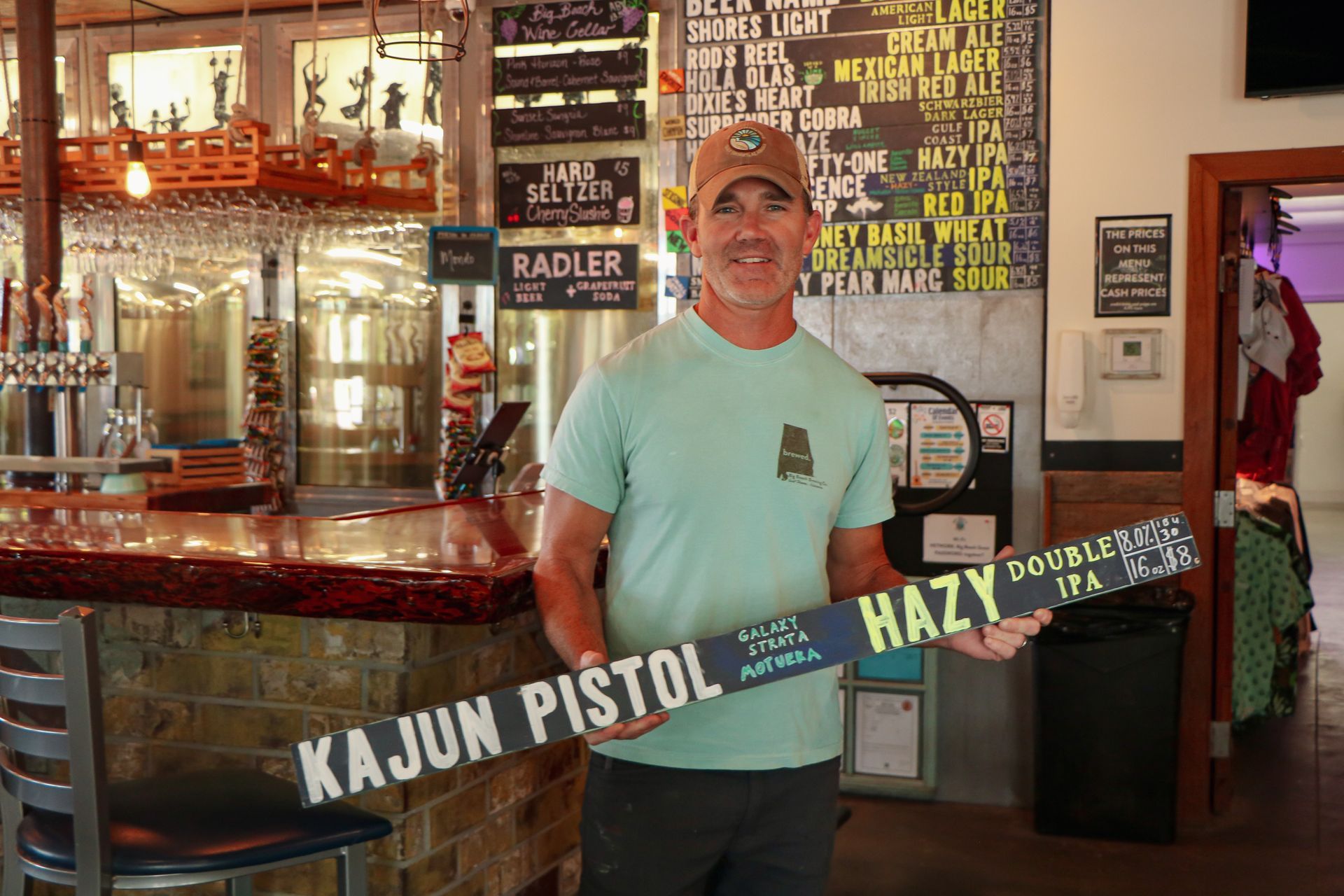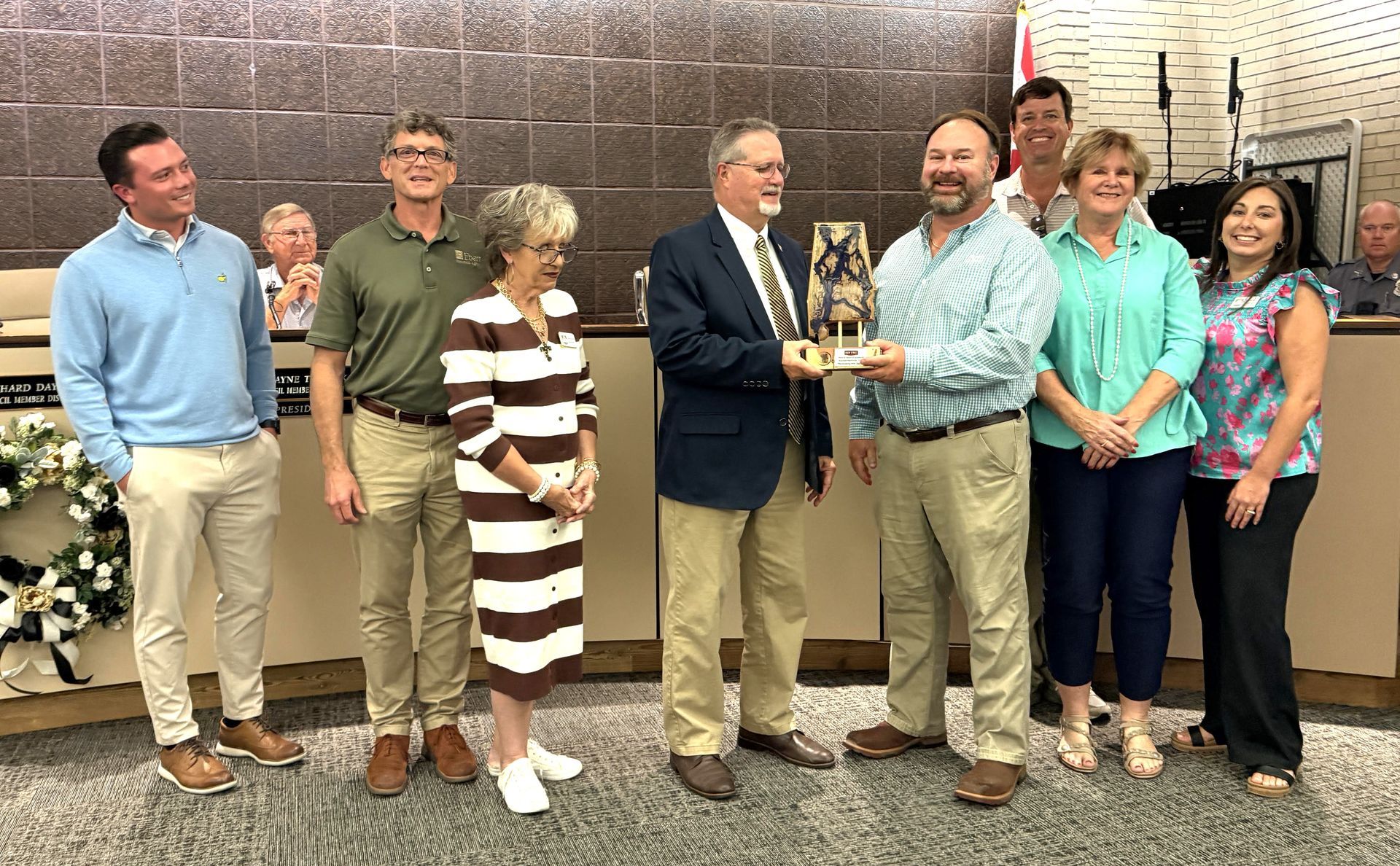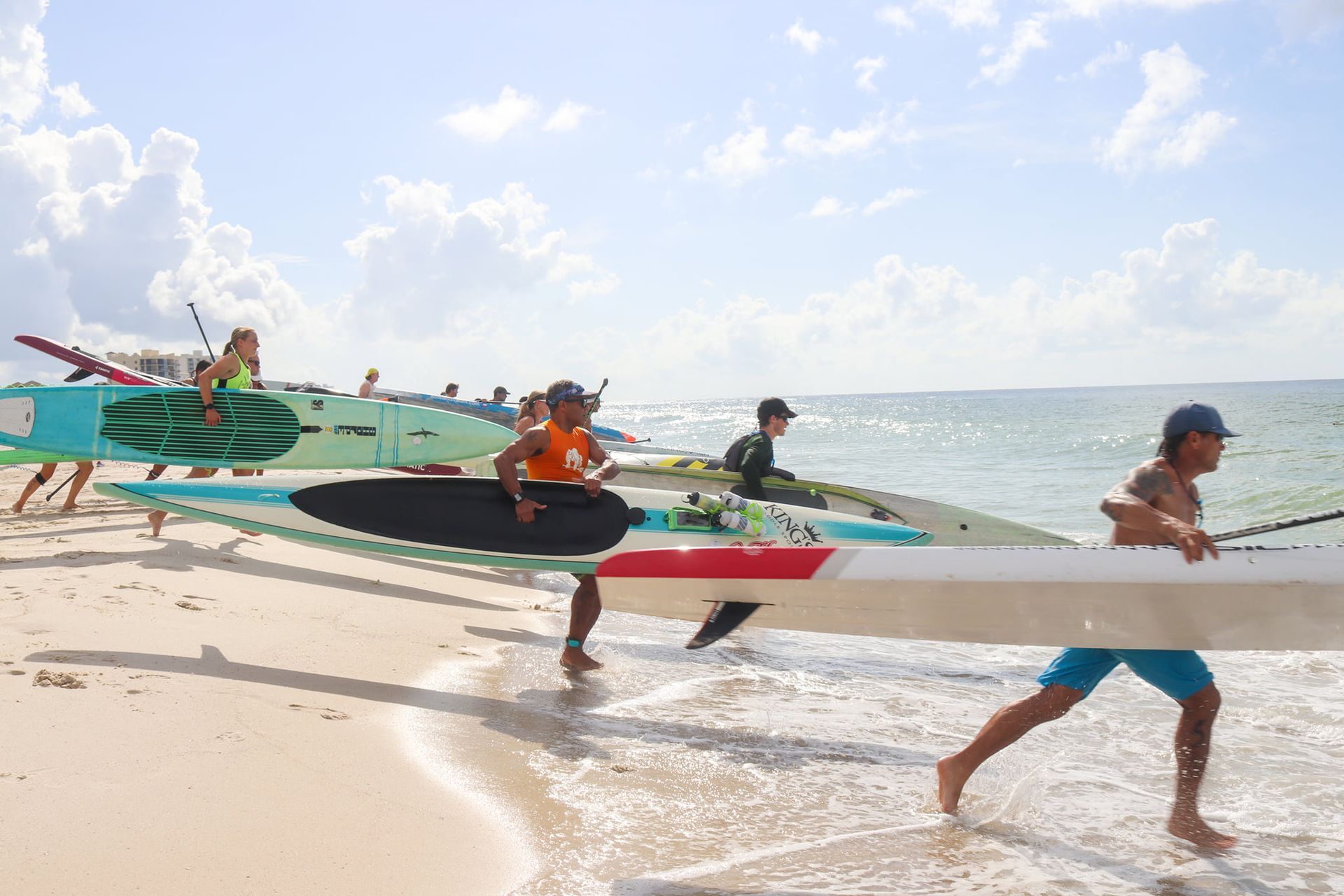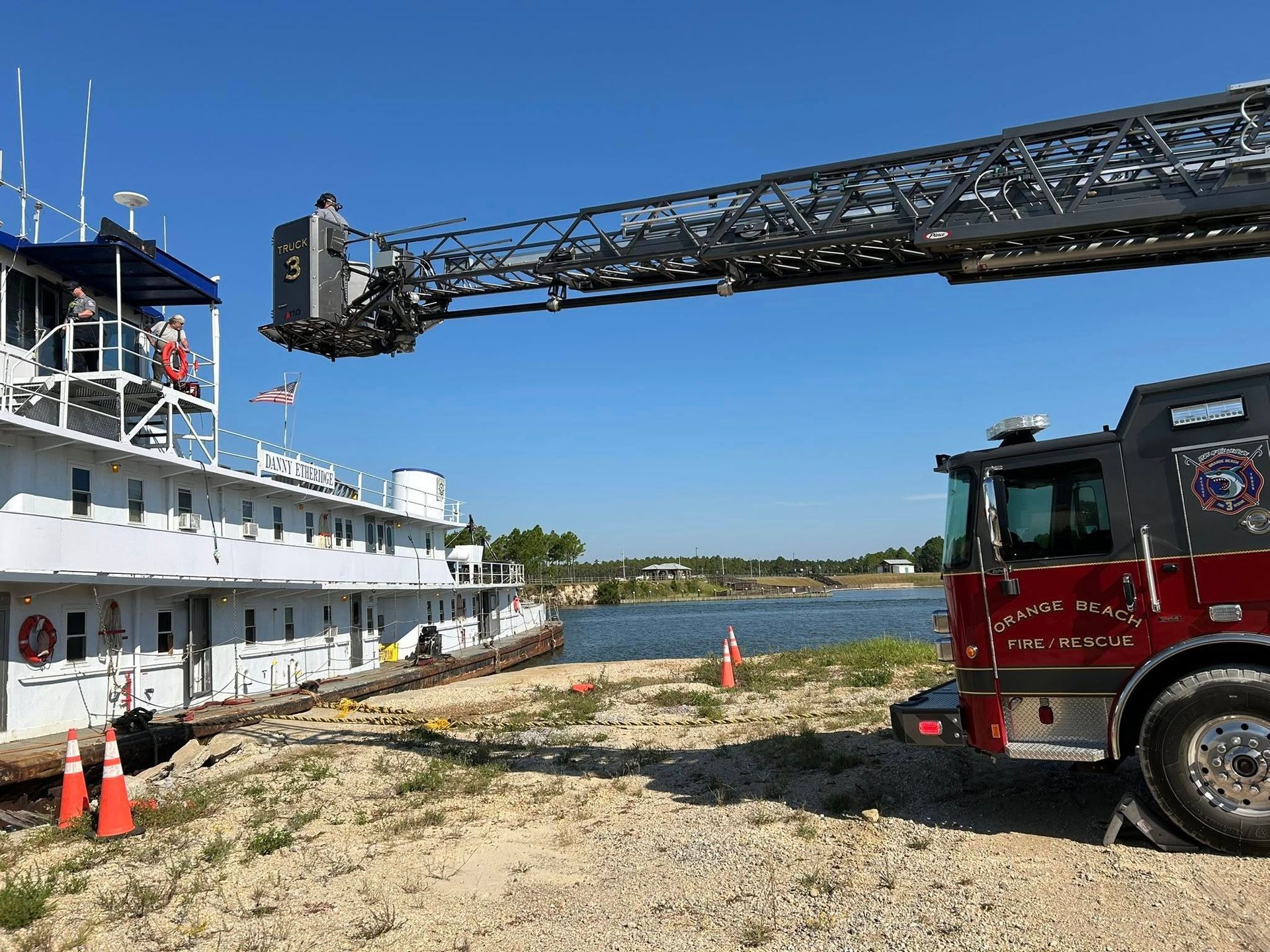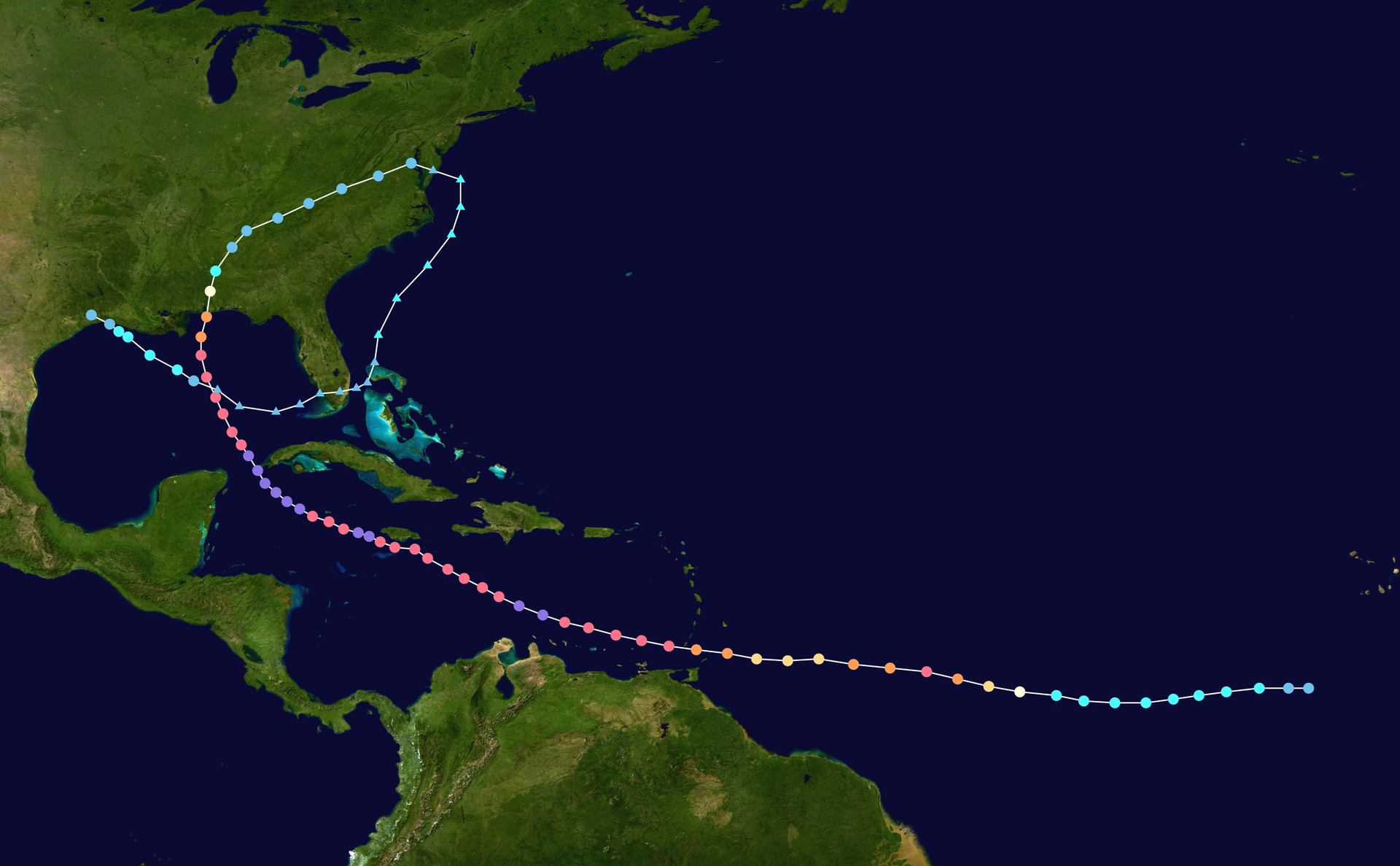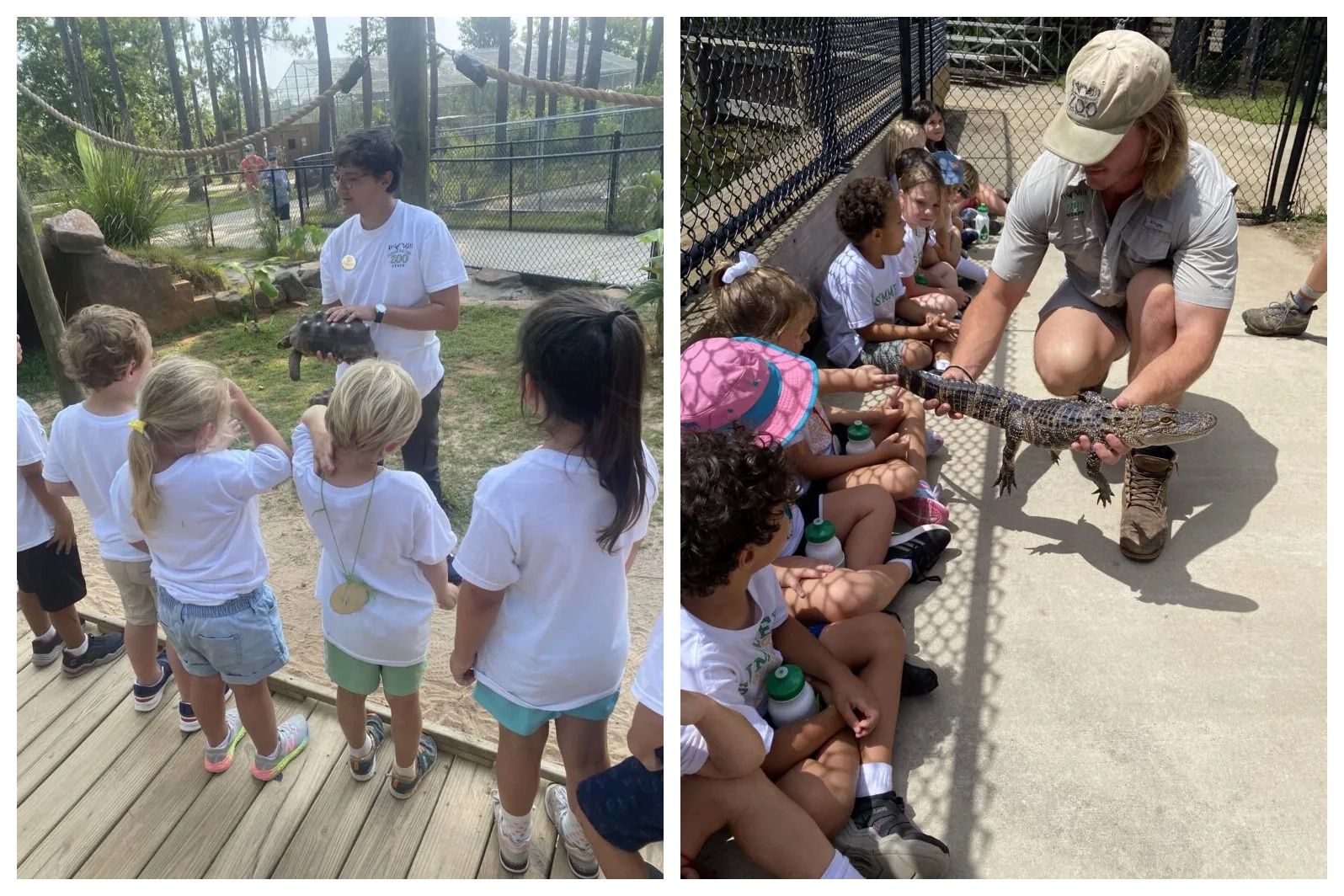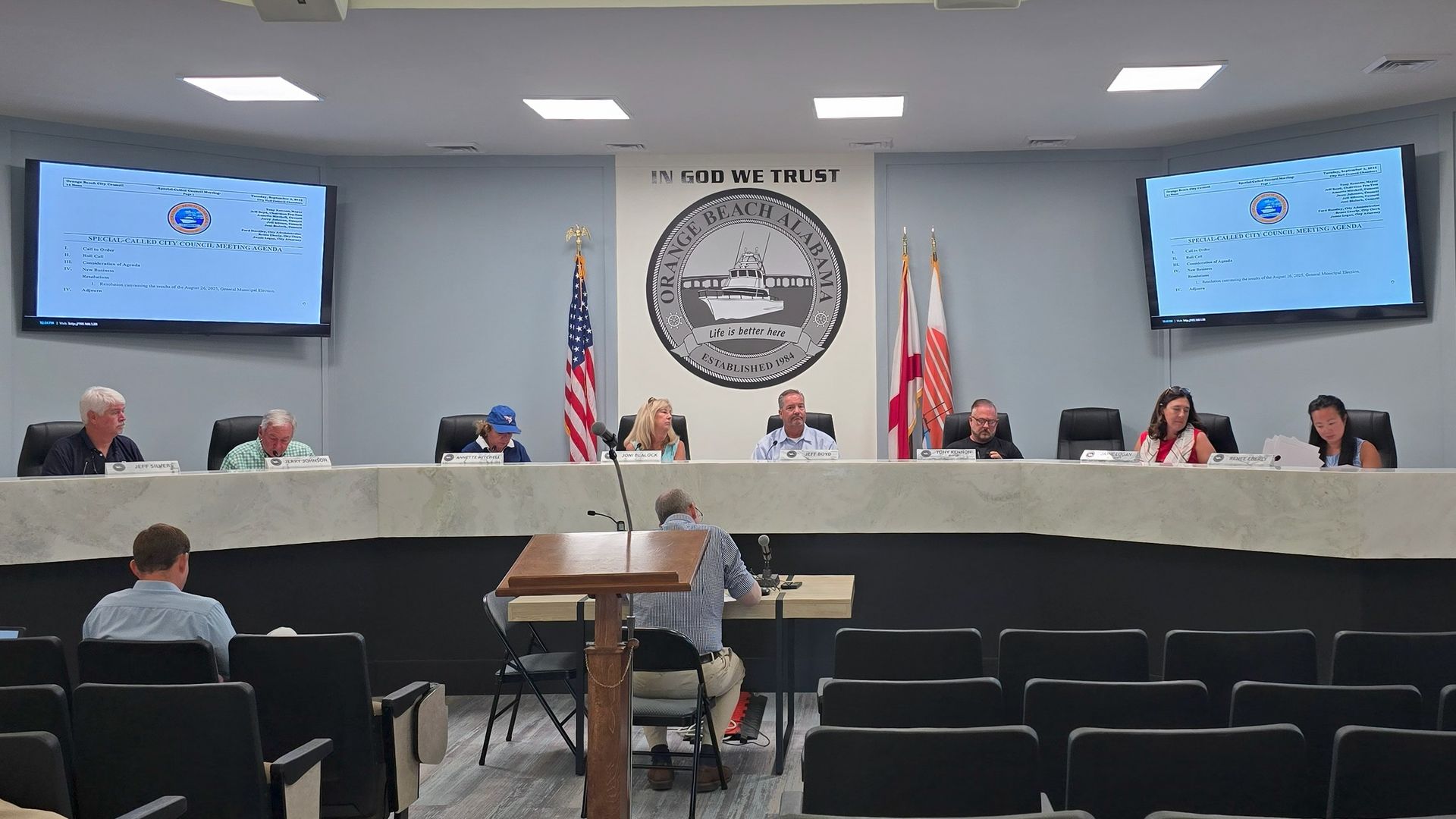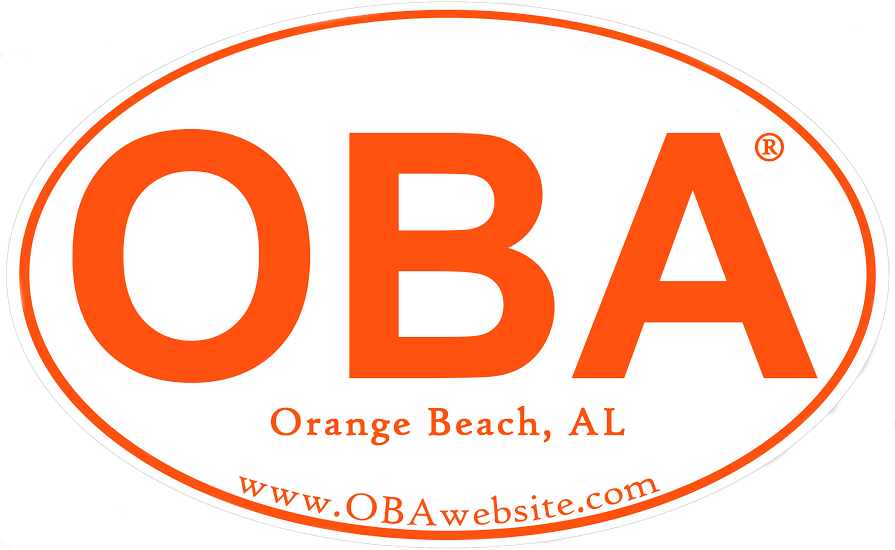Gulf Shores Partners with Universities on Environmental Restoration Projects
Auburn University to Work on Oyster Restoration Project. Mississippi State University to Lead Living Shoreline Restoration Project. University of South Alabama to Study Water Movement in Little Lagoon.
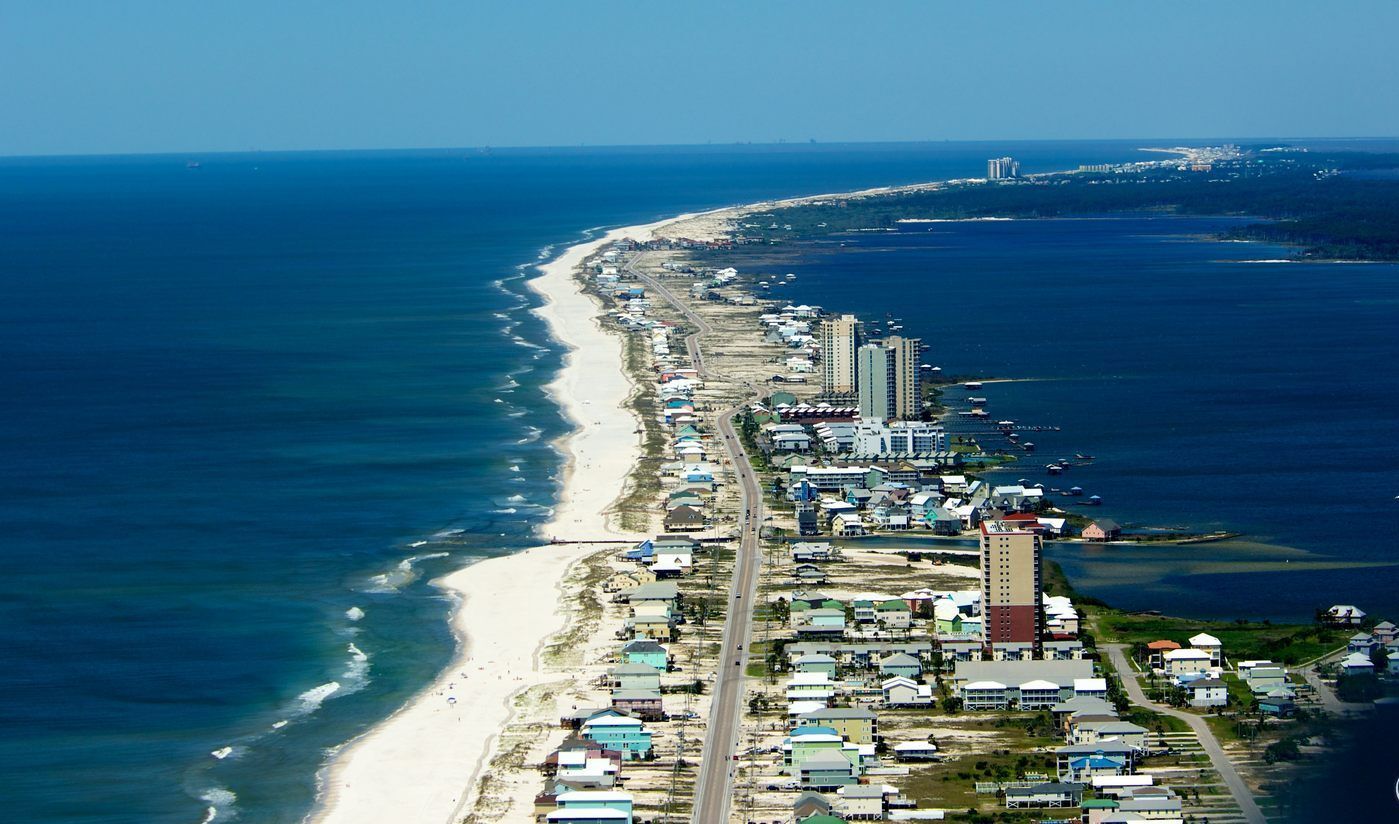
Gulf Shores, Ala. – (OBA) – Three phases of the RESTORE Act-funded Little Lagoon Restoration Project are set to kick off soon as Gulf Shores partners with three universities on different projects.
“The city was awarded a total amount of $5.9 million to do a whole bunch of restorations in the lagoon,” Grants and Environmental Coordinator Dan Bond said. “We worked real closely with Dennis Hatfield and the Little Lagoon Preservation Society to kind of identify areas we could spend money to do some good restoration work in the lagoon and this is the result of that. This project is going to improve habitat and enhance water quality and that’s the goal of the project. Part of the project is going to be working with three different university partners.”
Gulf Shores will soon finalize three-year contracts with Auburn, Mississippi State and South Alabama with the three schools working on separate projects to enhance Little Lagoon.
“We’re real excited about engaging with these universities and really doing some great restoration as well as some great research with this RESTORE money,” Bond said.
The city of Gulf Shores will act as a pass-through entity with the RESTORE funding:
- To Auburn University to do a shellfish restoration project for oysters for $882,584
- To Mississippi State University for living shoreline restoration project for $447,877
- To the University of South Alabama and the Dauphin Island Sea Lab for hydrodynamic modeling and seagrass restoration at $586,109
AUBURN
Auburn researchers are already familiar with working in Little Lagoon and have been working with high schools as well as the Little Lagoon Preservation Society on an oyster gardening project.
“They go out to private owners’ docks and they have oyster gardens which is a cage that they hang the oysters and they measure for all kinds of scientific parameters while they’re out there and learn a lot about the ecology of the oysters,” Bond said. “That’s a big program that’s been super successful. They’ve worked in partnership with Dr. P.J. Waters who is the Auburn Fisheries professor that manages this group.”
This project is going to build on top of that oyster gardening program and expand it and create what they’re calling an oyster park where the Auburn staff will come down and operate this facility that will grow oysters out from the spat condition which is the juvenile oyster out to about one to two inches and then those oysters will be harvested, they’ll be brought out into other locations in Alabama to do restoration work on reefs out in Alabama and things like that.”
Auburn’s part of the project will be to continue to grow oysters in Little Lagoon and reestablish oyster beds in the lagoon and harvesting them for consumption. The lagoon will have to meet the criteria of the Department of Conservation and Natural Resources before that can happen.
“It’s the long-term goal of this whole project is to improve water quality in the lagoon to the point where DCR can classify the lagoon for harvest of oysters,” Bond said. “It’s not classified that way right now. At that point, we can start using oysters to build reefs and to do restoration projects with oysters at the point. This is kind of one of the building blocks.”
In addition to establishing oysters again in the lagoon, this offers a great learning experience for Gulf Shores students, Bond said.
“We’re really going to learn a lot about oysters in the lagoon which apparently, they do very well in the lagoon,” Bond said. “They grow really fast, faster than anywhere else that Dr. Waters works to grow them out in this kind of condition. Along the way, we’re really going to learn a lot about oyster ecology. Our students are going to have an opportunity to work with some real Auburn scientists and learn a lot about this kind of work.”
MISSISSIPPI STATE
The Mississippi State Extension Service will be the lead on a project working on improving the banks around the lagoon at the request of landowners on the Lagoon.
“They have an expert, Dr. Eric Sparks who’s done this kind of program in Mississippi and elsewhere and they’re going to come in and they’re going to set up a program to work with property owners who are interested in building a living shoreline on their property,” Bond said. “This will go in front of private property owners. People can sign up and work with Dr. Sparks and his team to learn about the process, to learn about what permits are required and what sort of design examples they have and then this program will provide materials for Dr. Sparks and his team to construct these living shorelines.”
These would be smaller, individual projects with the goal of restoring the shorelines of the lagoon and making them more livable for wildlife and the residents.
“They are smaller using smaller scale softer approaches to creating habitat along the shoreline around as much of the lagoon as we can,” Bond said. “This will be a three-year project and hopefully people can kind of be convinced that instead of just putting a bulkhead up which creates no habitat on their property. They can still access their property, use their property, and create habitat at the same time.
USA/DAUPHIN ISLAND SEA LAB
This component will study how water moves in the lagoon and look for ways to improve movement with the goal of improving the ecology of the lagoon, Bond said, led by USA engineering professor Dr. Brett Webb.
“He’s done a lot of other work for the state along our beaches and he’s been a great resource to us,” Bond said. “His work will be expanding that model that he’s already started to look at the entire lagoon so that we have a real good understanding of how water moves around the lagoon. That can be coordinated with different other parameters like nutrients and hypoxia and things like that so you can really get a good idea of the ecology of the lagoon and it will help with management decisions and things going forward.”
Dr. Ken Heck of the Dauphin Island Sea Lab will be the lead on a project improving sea grasses needed in the lagoon.
“He’s a world-renowned expert at seagrasses right there in at Dauphin Island,” Bond said. “He’s going to bring his team in to do some seagrass restoration projects in different places throughout the lagoon. They’ll be planting the grasses and monitoring them and doing a lot of research associated with that. There’s going to be a ton of research papers and grad student dissertations and thesis that come out of this project over this next four- or five-year period.”
Share this article w/ Friends...

